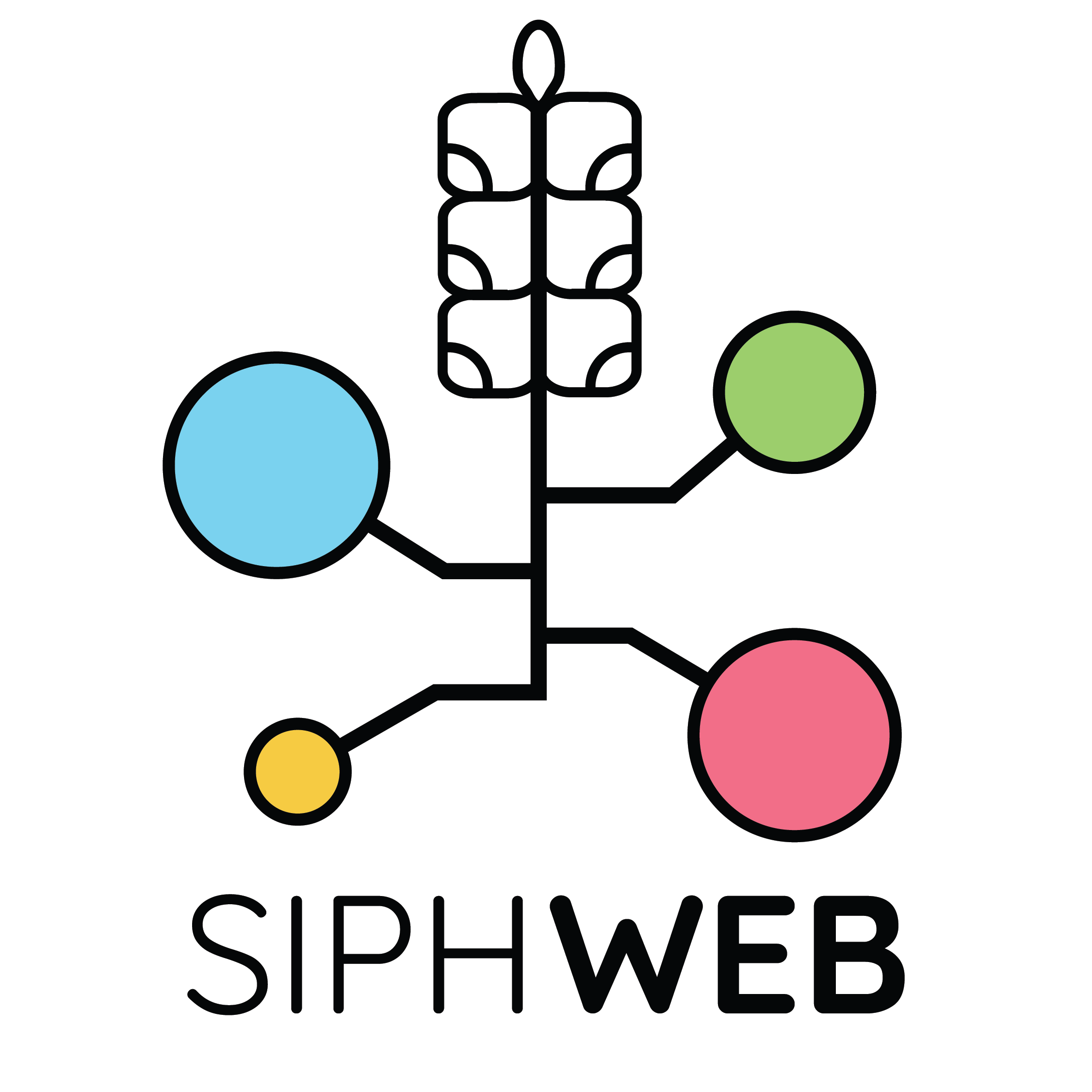SiphWeb

The effects of predator traits on the structure of oceanic food webs
Abstract
Food webs describe who eats whom, tracing the flow of energy from plants up to large animals. While many connections in food webs on land are quite familiar, there are large gaps in our understanding of ocean food webs. Closing these gaps is critical to understanding how nutrients and energy move through ocean ecosystems, how organisms interact in the ocean, and how best to manage ocean resources. This project will study ocean food web structure with a focus on siphonophores, an abundant group of predators in the open ocean that form colonies that range in length from less than an inch to more than one hundred feet. Siphonophores are known to be important predators within ocean food webs, but they are difficult to study because they live across great ocean depths and are gelatinous and fragile. The details of what they eat, as well as many other features of their biology, remain poorly known. This project will combine direct observations of feeding, genetic analysis of siphonophore gut contents, and stable isotope analyses to identify what different species of siphonophores eat. This will provide a new understanding of how the structure of food webs arise, aiding in our ability to predict future changes to food webs as the global climate shifts. Siphonophores feed in a unique manner–they have highly specialized tentacles that are used solely for capturing prey–thus, the prey captured is determined largely by the anatomy and function of these tentacles. The project will describe these tentacles, reconstruct their evolutionary history, and investigate how evolutionary shifts in tentacle structure have led to changes in diet. This project will train one PhD student, one Master’s student, a postdoc, and undergraduate students, including individuals of underrepresented groups. This project will support the production of scientifically rigorous yet engaging videos, foster the expansion of a citizen-science program, and create K-12 teaching modules.
This project will advance three scientific aims: First, it will identify the diet of a diverse range of siphonophores using DNA metabarcoding of gut contents and prey field, remotely operated vehicle (ROV) video of prey encounters, and stable isotope analysis. These approaches are highly complementary and allow for extensive cross validation. Second, the project will characterize the selectivity of siphonophore diets by comparing them to the relative prey abundances in the habitats of each of these species. Third, the project will characterize the structure of the siphonophore prey capture apparatus across species through detailed morphological analysis of their tentacles and nematocysts. These data will be integrated in an ecological and evolutionary framework to identify predator features associated with prey specialization. In a larger context, addressing these questions will advance our understanding of oceanic predation by revealing how evolutionary changes in predator selectivity correspond to evolutionary changes in habitat and feeding apparatus and how these changes shape current food web structure in the open ocean. The team will test and refine an integrated approach to describing the structure and origin of food web topology, and evaluate the potential for phylogenetic relationships to explain prey selectivity.